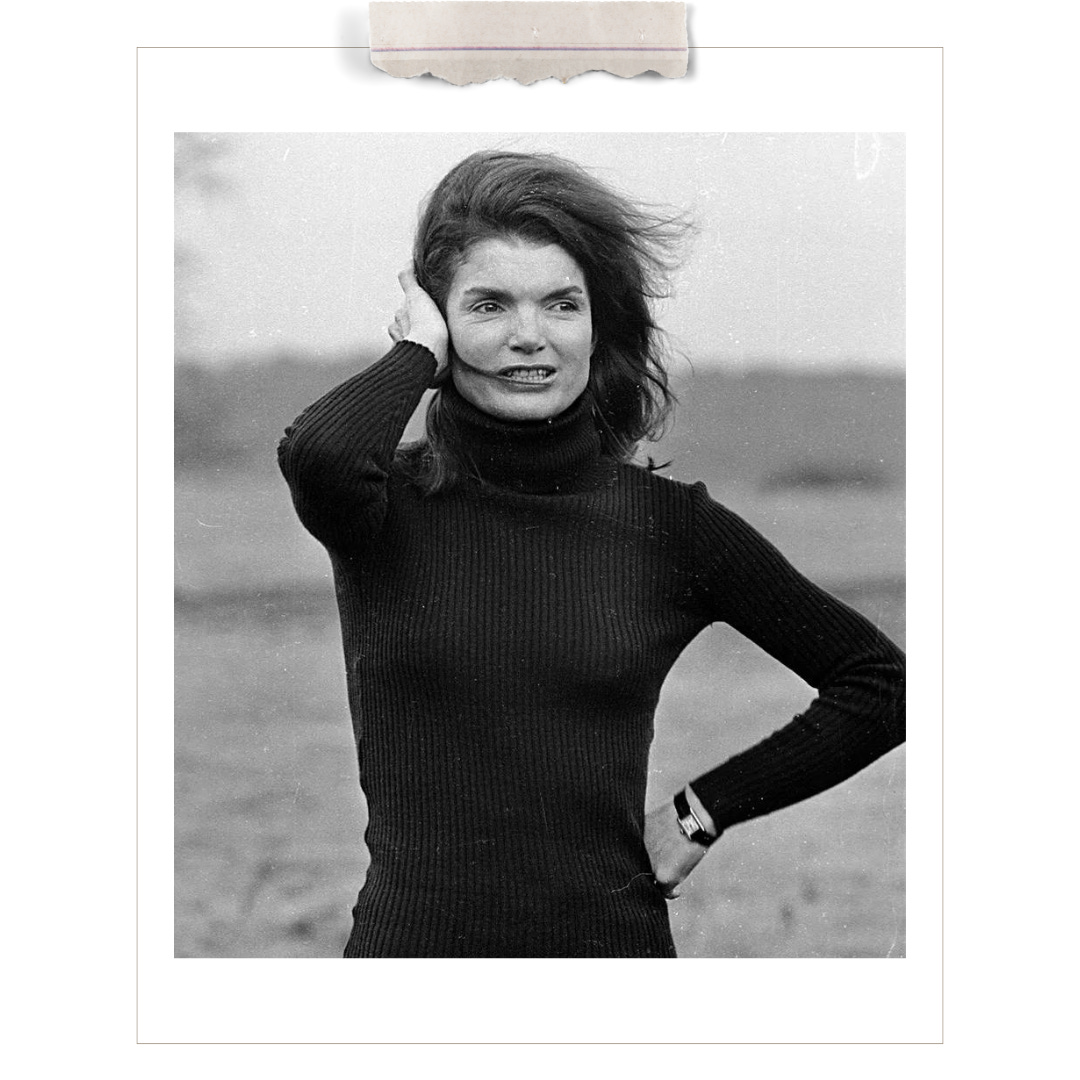They say that you can find anything on the Internet. You can find articles to support any fact, no matter how obscure or outlandish. Yet it was very difficult for me to find information on this topic, one that watch media sites tend to skim over with a quick “Yup, women wore watches first”. How? Who? Why??? This topic didn’t matter to me much when I got into watches, since it was a solitary hobby. Once I joined Instagram and became aware of the watch industry and community as a whole, I was surprised to discover that it was quite male-dominated. (Not an issue for me by the way, many of the watch friends that I’ve made around the world are men!) So how did we go from women being the sole wearers of wristwatches, to the present day? My curiosity was sparked.

Ask any watch enthusiast which was the first wristwatch in history, and they will likely have the same answer: the Santos de Cartier. It was created for Alberto Santos-Dumont by his friend Louis Cartier in 1904. The jeweler Cartier made a wristwatch for inventor Santos-Dumont so that he could be conveniently hands-free while operating his “flying machines”, rather than a cumbersome pocket watch. These facts encompass all the hallmarks of an amazing origin story: heroics, ingenuity, and friendship. However, while the Santos was the first wristwatch created for a man, this is not the true origin story of the wristwatch.
The first wristwatch has been attributed to two women; the Breguet Reine de Naples completed for Caroline Murat, Queen of Naples, in 1812; and a diamond Patek Philippe bangle watch owned by Countess Koscowicz of Hungary in 1868. But I read that even earlier (three centuries earlier than Santos-Dumont if we’re keeping count), the first wristwatch was made for a woman named Elizabeth in 1571. Just as intriguing was the fact that she was the Queen of England who succeeded the throne at the tender age of 25 and remained “the Virgin Queen” as she never married until her death at age 69. Her childhood friend Earl Robert Dudley created an unusual device for Elizabeth, an “arm clock”. This unique gift had a political context; Dudley and his close circle were known to lavish the Queen with gifts to represent their usefulness to her. Ultimately, the first wristwatch had a similar objective as the Santos de Cartier watch but in a different contextual setting involving political intrigue, royalty, and friendship. A woman was at the center of the story.
Thereafter, wristwatches were exclusively worn by women while men wore pocket watches. Noblewomen loved its combination of fashion and convenience, and enjoyed its femininity as it was worn on the wrist like a bracelet. The group of women who wore watches were like the Victorian era of “It Girls”: Marie Antoinette, Caroline Bonaparte, Empress Joséphine, and Countess Coscowicz of Hungary. Moving forward to the 20th and 21st centuries, the link between women and watches has stayed strong. The Universal Genève Compax watch is lovingly nicknamed “the Nina” after Nina Rindt, a style maven in the 1960s motor racing scene. Jacqueline Kennedy Onassis’ beloved Cartier Tank is now owned by Kim Kardashian, making a unique path from icon to influencer. Women continue to break boundaries in the traditional watch industry, becoming CEOs at major watch brands, taking on head watchmaker roles, and redesigning beloved watch designs like Carol Didisheim did for the Omega Constellation.
The stories behind women and their beloved watches are plentiful, yet I haven’t seen this topic covered in many (any?) watch books. I’m not overly concerned with why the link between women and watches is undocumented. Rather, I am hopeful that this Substack can act as a missing puzzle piece in the repository of watch literature and encourage other women to continue in their watch collecting journeys. I am interested in writing more about this topic because there are many more gaps to fill.







